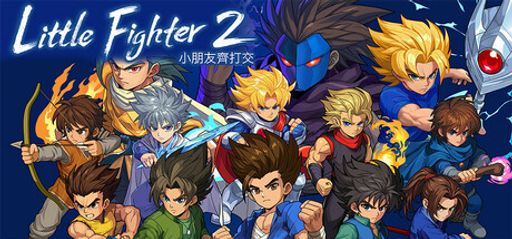Little Fighter 2 Remastered feels like slipping on an old pair of well-worn slippers—familiar, comfy, and with enough fresh polish to make me smile. I’ve spent a few cozy evenings duking it out with up to seven friends over LAN, and it’s clear that developer Little Fighter Co has poured a lot of heart into this update. The graphics are redrawn, moves are flashier, and there’s even local connections for up to eight computers. Here’s my laid-back take on what’s great, what’s a little wonky, and whether it’s worth your time (and coins).
Overall Impressions
I’ve always had a soft spot for casual brawlers that don’t take themselves too seriously. Little Fighter 2 Remastered strikes a nice balance between arcade fun and low-stress button mashing. What stood out right away: the nostalgia factor is real. You can feel the charm of the original game, but with modern twists that keep things fresh. On the flip side, a few rough edges—bugs and some visual clutter—remind you it’s not a flawless gem.
Compared to other cozy fighters or simple beat ’em ups, LF2 Remastered leans into its retro roots without feeling ancient. Nearby titles might offer fancier physics or cinematic story modes, but here you get straightforward pick-your-character, pick-your-stage fun. It’s less about epic narratives and more about good times with pals (or quirky AI opponents).
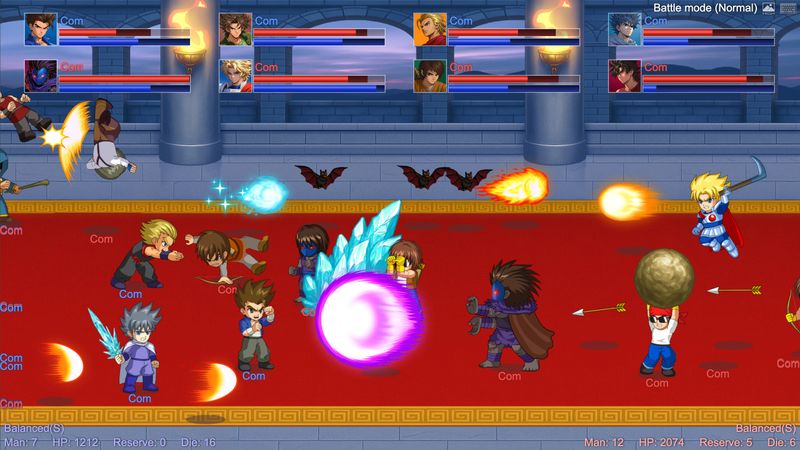
Gameplay Mechanics
The core mechanics are as snappy as I remembered. Every character move feels more detailed and extravagant, from Jack’s whirlwind kicks to Freeze’s chilling blasts. The controls are mostly solid, though you might run into some hiccups—occasional crashes when too many fighters pop up or when you unlock Louis (the dev is aware and working on fixes). One friend even noted that progression now has special requirements, which felt like a small barrier, but I still enjoyed unlocking new fighters and mastering their quirks.
Modability remains a big win. Just like the OG version, you can swap in custom characters and stages. I got a kick out of testing a homemade Frosty the Snowman fighter—thanks to native Linux and Steam Deck support, I played on my handheld without a hitch. A word of caution: sprites are a bit bigger now, so screen clutter can make it hard to follow the action when everyone’s on screen.
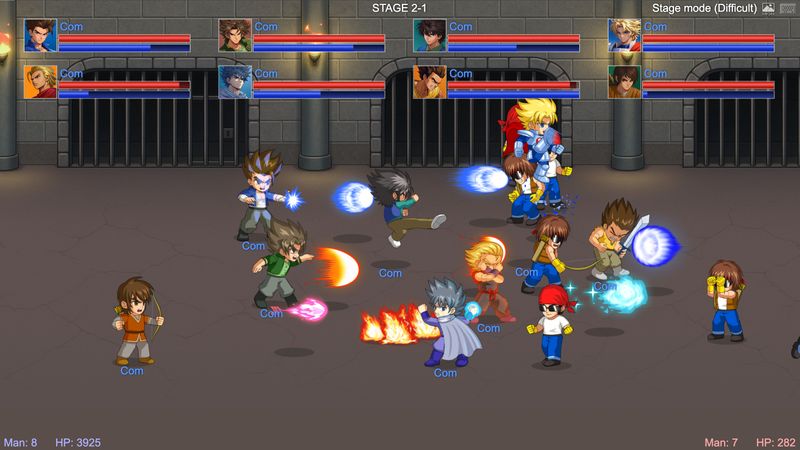
Story and Characters
There isn’t a deep, twisting plot here, and that fits the vibe. You get a short intro, a handful of bosses, and a loose setup that lets you jump straight into the action. Characters have simple backstories—like deep-sea monk Julian or mysterious monk Freeze—but the real fun is watching them duke it out. I grew fond of Monk’s calm karate style and Henry’s speedy strikes. While you won’t shed tears over a dramatic storytelling moment, the cast’s personality shines through in their moves and win poses. It’s light, breezy, and perfect for casual sessions.
Visuals and Graphics
Hands-down, the star of the show is the visual overhaul. Every sprite, stage background, and effect has been redrawn. Bright colors pop nicely on screen, and particle effects add a satisfying oomph to each punch and projectile. Some characters lean into a chibi—or “cute but a bit weird”—look, which divided opinions among friends. Personally, I found it charming, though I can see why purists might miss the old proportions. On busier stages, though, the bigger sprites can make things feel a bit cluttered, so keep that in mind if you’re picky about clarity.
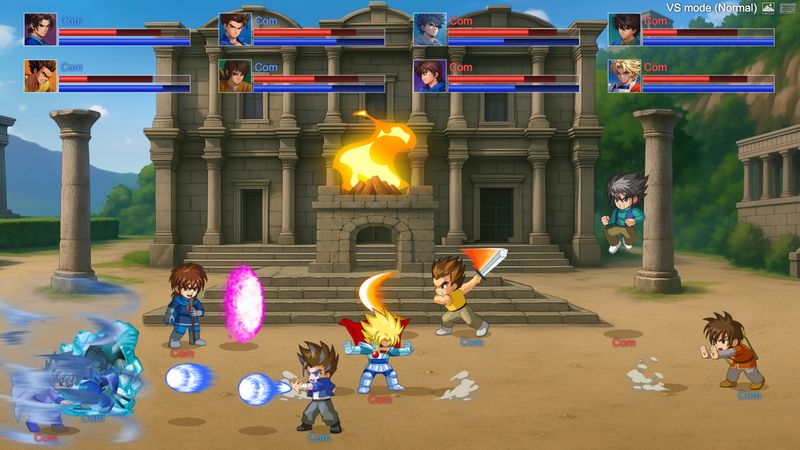
Sound and Music
The soundscape is simple but effective. Punches and kicks land with a crisp *clang*, and each character has a few voice quips (mostly short shouts). The background music loops pleasantly without being too repetitive—I enjoyed tracks that shifted from upbeat techno beats to more atmospheric melodies in boss fights. There isn’t a full orchestral soundtrack, but for a cozy fighter, it gets the job done and adds to the overall charm.
Difficulty and Replayability
Difficulty is adjustable via character selection and AI levels. Novices can stroll through with easier opponents, while veterans can crank it up for a real challenge. Unlocking characters by meeting special conditions gives a nice sense of progression—though the “skip DLC” unlock option in the roadmap sounded odd to me. Some players worry about paid workshop content; I hope the dev keeps mod support free, since that’s the heart and soul of Little Fighter.
Replayability is strong thanks to local versus, survival modes, and the endless custom mods community. I’ve jumped back in multiple times to test new characters and share laughs with friends. Occasional bugs can interrupt the flow, but patches seem to roll out fairly quickly.
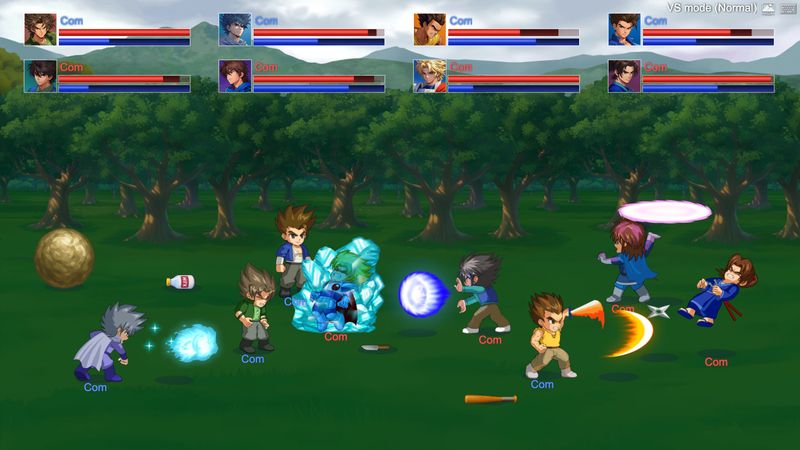
Trivia & Developer Notes
Developer Marti of Little Fighter Co originally launched this free classic decades ago. And the new remaster functions as a facelift rather than a complete remake. Preserving the core gameplay fans love. Moreover, Marti’s roadmap promises fresh stages, challenging bosses, and potential workshop integration. Fueling community optimism that creative tools will remain accessible. With modding at its heart, the remaster inherits the original’s DIY spirit. Players are already recreating icons like Goku, unlocking endless creative possibilities.
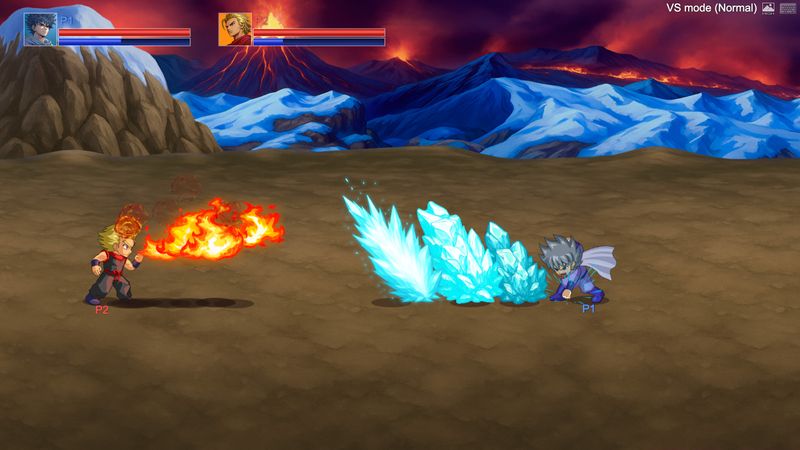
Final Thoughts
Little Fighter 2 Remastered is a cozy, no-fuss fighter that leans on nostalgia while adding vibrant graphics and modern touches. It isn’t perfect—there are bugs to squash and clarity issues on busy screens—but its heart is in the right place. If you’re looking for a friendly brawling game for casual hangs or solo practice, this one’s worth picking up. Just be patient during patches, and don’t forget to tip your hat (and a few cents) to Marti for breathing new life into a childhood classic.
Rating: 4 out of 5 stars

